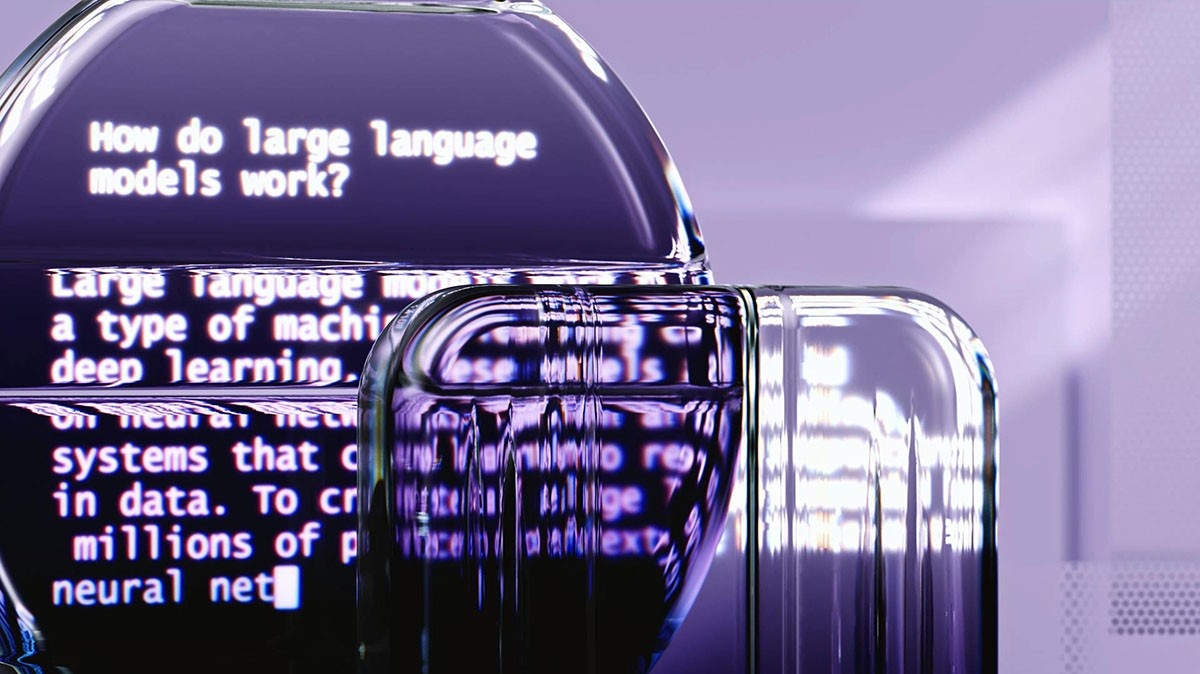Teaching finance in a world powered by AI

Cristian Tiu doesn’t start his classes with big pronouncements about artificial intelligence reshaping business. He doesn’t have to. His students are already using AI — every day.
“They treat it like a smart assistant,” says Tiu, associate professor of finance in the UB School of Management. “If they’re coding or wrangling data, it’s right there helping them think through the next step.”
This everyday use is only the beginning.
When AI joins the syllabus
Tiu recently taught a projects course where students chose what to work on. Two teams, without being nudged, built projects around large language models (LLMs). One team trained an open-source LLM to analyze annual reports from university endowments and public pension plans, extracting insights about alternative assets like hedge funds and private equity. Another parsed the language of corporate earnings calls, attempting to infer market sentiment—again using a locally run LLM.
“These weren’t off-the-shelf solutions,” Tiu says. “They were small models the students could run on their own laptops. Open source. Reproducible. And honestly, kind of impressive.”
There’s something telling about the students’ choices. They didn’t pick LLMs to show off; they picked them because they made sense. Because this is the kind of work they want to do in the real world.
When research gets serious
For Tiu, AI is not limited to the classroom, it’s part of his research, as well. And when things get more complex, so does the tech. He’s now running LLMs on high-performance computing systems at UB’s Center for Computational Research, diving into finance questions that require more horsepower than a laptop can handle.
The contrast is intentional. “There’s value in keeping the classroom side light and accessible,” he says. “But on the research side, we can get into much deeper, more rigorous analysis. It’s the same technology—just turned up a few notches.”
Cheating with AI
Is Tiu worried about students cheating using AI? He says it is counterproductive. AI is supposed to reduce higher education costs rather than increase them by forcing teachers to police students, so Tiu does not plan to use too much time stopping students from using AI. Health care and higher education both experienced higher costs associated with an increase in technology use. This is the opposite of industries such as auto manufacturing, for example, and is troublesome.
“We need to find ways to embrace technology in a way that reduces costs,” says Tiu. “And using AI as an additional patient teaching assistant seems like a no-brainer.”
Small steps, big signals
Tiu’s work isn’t flashy, but it might be more important than the splashy headlines about AI changing everything overnight. It’s grounded in a simple idea: When students treat AI like a natural part of their workflow — when they explore what it can do without being told — they’re building fluency that lasts beyond graduation.
“These aren’t tools that are going away,” Tiu says. “So the earlier students get comfortable, the more prepared they’ll be to do meaningful work, whether they’re in finance, tech or somewhere in between.”
And if that starts with a side project and an open-source model on a borrowed laptop? All the better.
This story was written by AI and edited by a member of the UB School of Management Marketing and Communications Office.